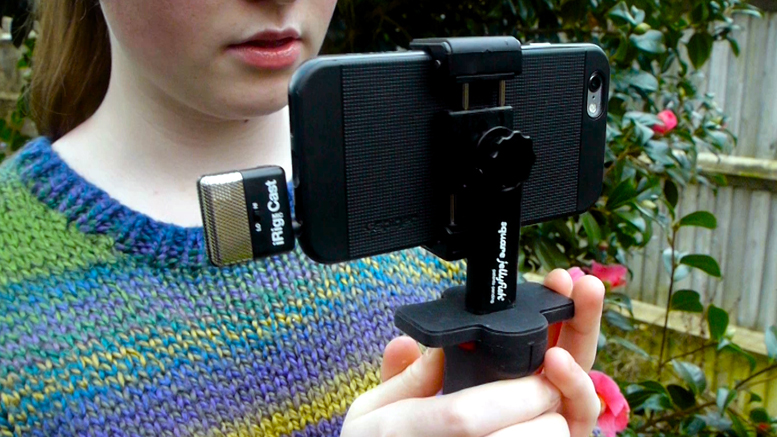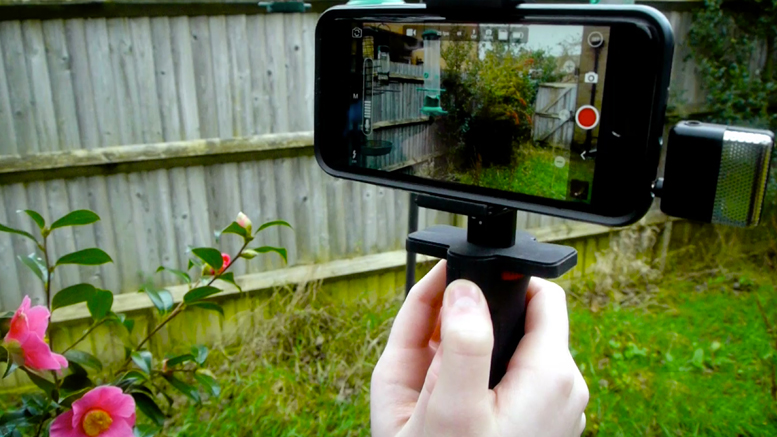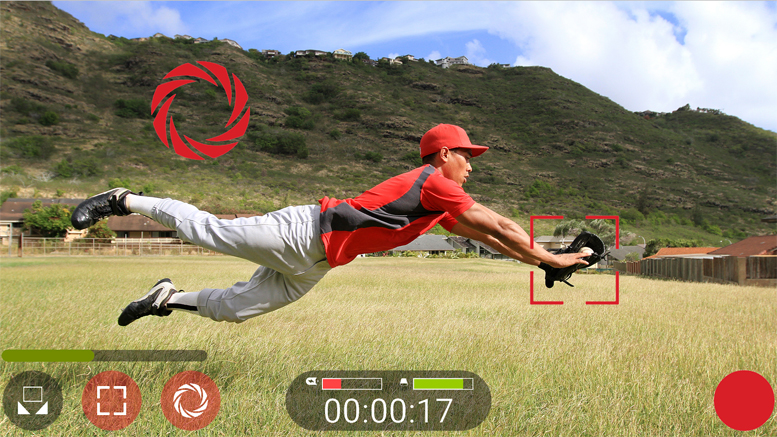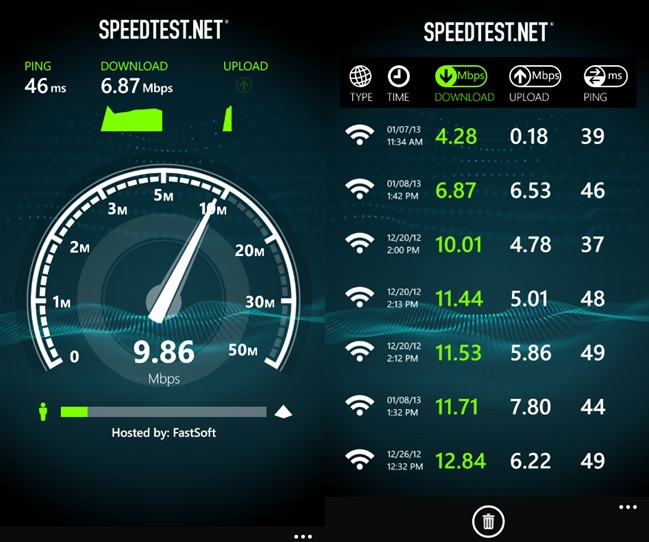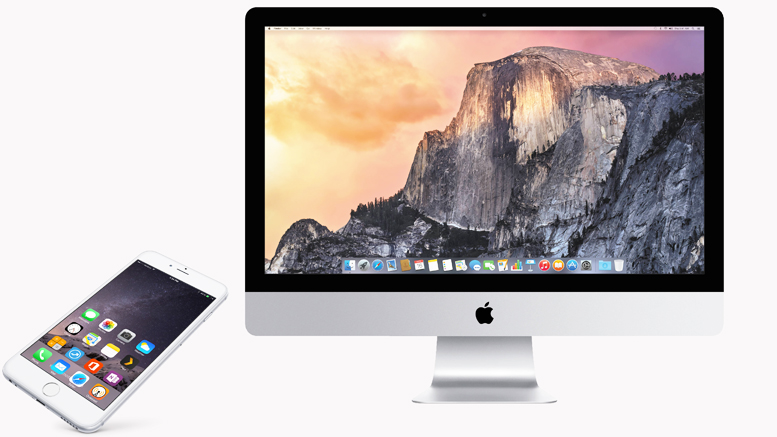When it comes to learning the art of Smartphone filmmaking all the equipment, apps and social media choices can be misleading when it comes to mastering the basics. Having all the right gear can be good but it can get in the way of some fundamental basics that every Smartphone filmmaker should try to follow.
So this article contains some quick and easy tips for basic filming with a Smartphone no matter what equipment you may be using. This guide has come from inspiration and questions from filmmakers, journalists and my experience from a few badly shot videos I often have to edit in my day job as a video editor.
Hold the Smartphone sideways
So the first piece of advice is to hold your Smartphone sideways or in landscape position. If you want your video to fill up a 16:9, 4:3, or 4:4 aspect ratio you should film in landscape position. Some videos need portrait or vertical video like Snap Chat or some Facebook lives but most will benefit from landscape filming. If you want to get the most out of your video you should always shoot in landscape position. Even if you are shooting 4:4 for social videos you will still get most resolution from shooting landscape. You should always use as much of the provided resolution that you can.
Airplane mode
You should always put you Smartphone in Airplane mode when filming. A text message or a phone call will pick up on your microphone and the resulting sound can ruin your video. Vibrations can also add shake to your video so you should turn those off too. If you need an Internet connection when doing Facebook live you can always turn on the Do Not Disturb feature on the iPhone which will stop incoming calls.
Smartphone Microphones are not good
The built in microphone is not that good for recording quality audio. They are not professional quality microphones and are usually omni directional and pick up everything around them. They are also prone to handling noise when you move or use the Smartphone. So whenever possible try to use an external microphone attached to the Smartphone.
If you do have to use the built in microphone remember to get close to your subject. You should be no more than three feet away from the person that is speaking. Also be aware of any other annoying sound that is around you that may ruin your recording. In other words film somewhere quiet. It may not look visually great but it is always better to hear someone clearly. Another tip is not to move the Smartphone unnecessarily. This will only create more noise that may pick up on the recording.
Pay attention to light
When shooting video be aware of the available light. Smartphones are not great in low light and you can get noisy or grainy video with out enough light. So be aware of the strongest light source in the room and don’t be opposite to it. If you have windows nearby then film your subject next to them so the light highlights the side of their face. If you have lamps or overhead lights then make sure they are on and light you subject evenly.
If you are outside make sure the sun is on your back or to the left or right of you. If you can, always film in the early morning or early evening light. The result is nearly always more flattering to your subject. Also do not be afraid to move a subject to a better spot if you need more light. A nearby street light can be a better place to film than total darkness.
Stabilise the Smartphone
Whenever you can, keep your shots static. Smartphones, because of there size, are prone to shake. This will often make you video look amateurish. If you don’t have a tripod or stabiliser, remember to have your thumb and forefinger on either side of the Smartphone. Pull your elbows into your body and that will give you some stability. If there is a nearby wall then lean up against it. You can even use a plastic or paper cup. Simply turn it upside-down and with a pair of scissors cut a slot in the base so your Smartphone can sit in. It makes for a great improvised tripod.
Lock Exposure and Focus
When you are filming with a camera app like Filmic Pro it is important to lock the Exposure and Focus. Nothing says amateur than having your focus shifting all over the place and the exposure of your image going to light and dark. There will be some occasions when you will need to use auto focus and auto exposure but in my experience this is not often. So remember to set and lock these settings before you start recording.
Cutaways
Cutaways or B-Roll are short video clip’s that visually explain or emphasise what the interview or narrator is saying. When you are video editing these have many uses, and can make a boring video more interesting and dynamic. If you are cutting short form videos for the Internet you want good static 20 seconds shots. After every shot you take change your angle so it doesn’t look like the last. As a professional editor I will on average use a cutaway for about 3 seconds. So why bother shooting a shot that lasts 2 minutes when you are only going to use 3 seconds. Short controlled shots from different angles are far more useful. Or course this is not always the case and you could get many shots from one take and longer shots will be more useful for doing a long form documentary. But in general short shots are best and are quicker to review in editing.
Check your Data Speed
Before going live on Facebook it is important that you check your data speed. By using an app like Speedtest you can see what your average upload speed is in Kilobytes. This is important. Often, on a Facebook live broadcast, the venue organiser has told me the Wifi is great or the phone reception is satisfactory. Only to find when I start my Facebook live the signal drops out and it fails. By checking the data speed before you start broadcasting you will know if you are going to have any problems. To do a Facebook live without any data speed problems you should have an average of 1000 kilobytes or above for your upload data speed. If you are below this you are going to have issues. Better to find this out before you start broadcasting so you can change location to get a better signal.
Empty your Smartphone of unwanted data
It’s important that you regularly clear out and delete any unwanted data from your Smartphone. To work properly it needs at least 10% of the hard drive free to move data around and work correctly. So remember to only keep the apps you need on your Smartphone and your hard drive empty before you go on any shoots. Back up your data to an external hard drive or computer as soon as you can after a shoot and then remove the data from your Smartphone.
Conclusion
Filmmaking with Smartphones is a tricky business but with a little knowledge and good practice you can achieve impressive results. After all, the camera on a Smartphone, mostly, is no different from any other camera. It is important to learn the fundamentals of basic photography and filmmaking to achieve a quality video. With a little practice these principles will become second nature and you will do them as a matter of course. Happy filmmaking!



